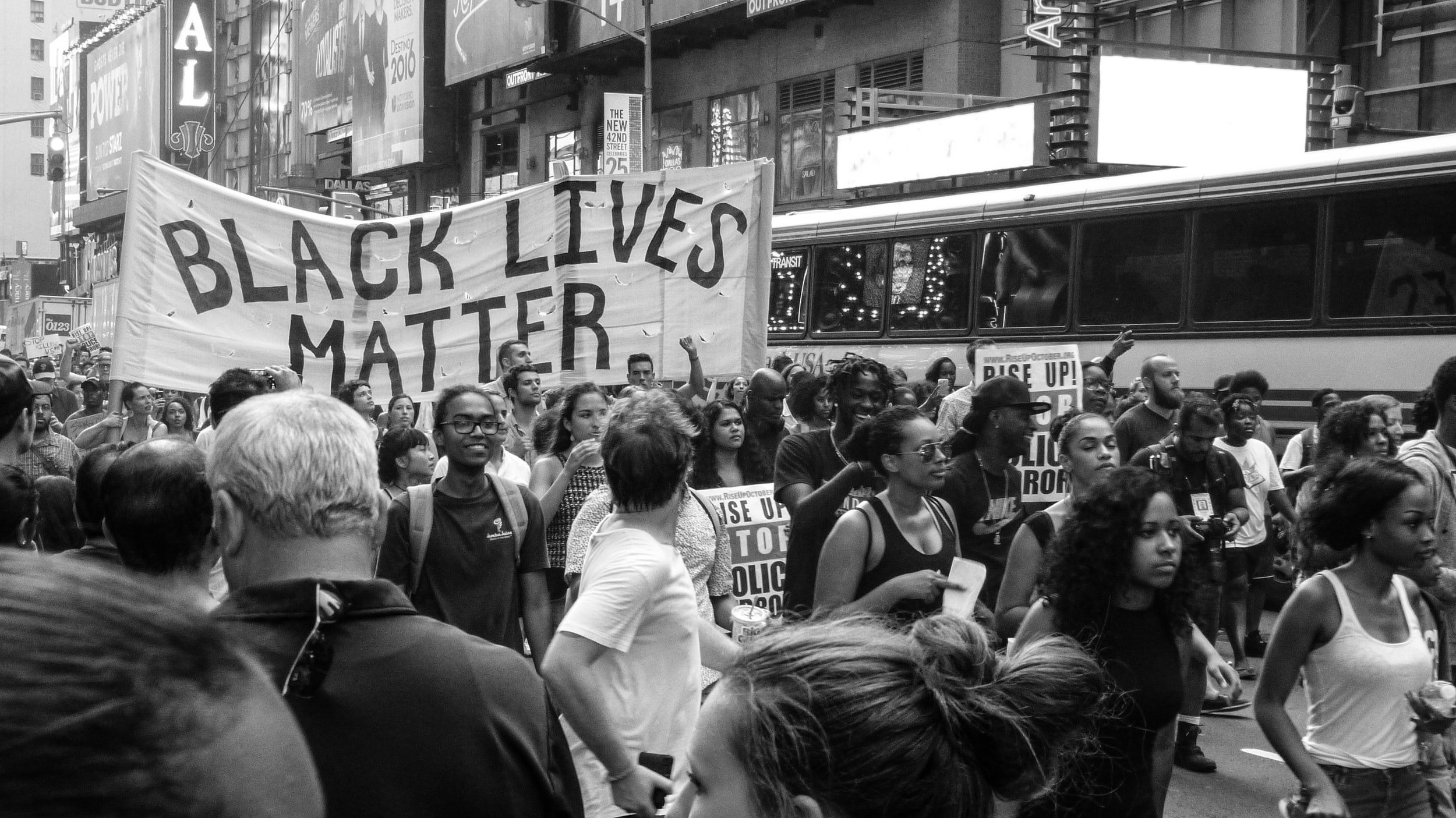So You Want to Talk About Race
When tragedies such as George Floyd, Breonna Taylor, Tamir Rice (and more) occur, racial tensions rise. The Black Lives Matter movement has taken the world by storm, with allies in countries across the globe.
Now, many people find themselves questioning whether or not race is relevant in certain situations. In order to understand how race influences a situation, difficult conversations about race must be had.
Several Black authors have expertly covered the topic of race in America, but one author in particular stands out. In this article, we take a deeper look at this question through Ijeoma Oluo’s book So You Want to Talk About Race.
Let’s learn together!
Celebrate Black History Month in your workplace this year.
Author: Ijeoma Oluo
Title: So You Want to Talk About Race?
Ijeoma Oluo is a queer, Black author and speaker. Oluo’s book So You Want to Talk About Race was published in 2018 and quickly rose to the top of the New York Times Best Seller list.
The book details Oluo’s upbringing and explores systemic racism in the United States. Oluo covers racism, privilege, White supremacy, racial pain, intersectionality, oppression, social justice and cultural appropriation.
The takeaway is that small, individual actions contribute to a larger purpose and that we can combat racial inequality when we work together.
In her book, Oluo answers an extremely important and frequently asked question – when is it about race?
According to Oluo, there are three elements that decide the answer to this question:
If it disproportionately affects people of color or affects people of color differently, it is about race
If it fits into a broader pattern of events that disproportionately affect people of color or affect people of color differently, it is about race
If a person of color feels that it is about race
While race is not the only factor in any given situation, it must be acknowledged when it is present. Otherwise, it is impossible to move forward and address additional factors. Let’s take a look at several circumstances as they pertain to race and other factors.
When Is It About Race?
Police Brutality
When a person of color is harmed or killed by the police, is it about race?
Studies have shown that people of color, particularly Black people, are more likely to be harmed or killed by the police than their White counterparts. These incidents are influenced by racist stereotypes that portray people of color as violent criminals that cannot be rehabilitated.
The following statistics from Mapping Police Violence, University of Michigan, and PNAS exhibit the frequency of police brutality against people of color, specifically Black people:
Black people are three times more likely to be killed by the police than White people
Black people are 1.3 times more likely to be unarmed than white people
Black people are 13% of the population but 28% of the people killed by the police
Latino men are 1.3 to 1.4 times more likely to be killed by the police than White men
Indigenous men are 1.2 to 1.7 times more likely to be killed by the police than White men
Indigenous women are 1.1 to 2.1 times more likely to be killed by the police than White men
Police brutality is the sixth leading cause of death for Black men
Olympic Ban
As of 2019, World Athletics ruled that women’s track events, from the 400 meter dash to the mile, would have a testosterone level cap of five nanomoles per liter. This does not apply to runners with differences of sexual development (DSD) or a tumor.
Runners with more than five nanomoles per liter are required to move up or down in distance, or take “testosterone-suppressing measures and stay under the limit for six consecutive months before being able to compete in those events.” (NBC Sports)
What does the Olympic testosterone ban have to do with race? This ruling disproportionately affects Black women as they tend to have higher testosterone levels (hyperandrogenism). Additionally, it adds to the perception that Black women are “too masculine” or “too aggressive”.
💡DID YOU KNOW: A number of Black women have been banned from competing due to their naturally high testosterone levels. This includes the following Black women: Caster Semenya of South Africa, Francine Niyonsaba of Burundi, Margaret Wambui of Kenya, Aminatou Seyni of Niger, Christine Mboma of Namibia , Beatrice Masilingi of Namibia, and more.
The ban is not only about race. The ruling was made based on speculation that naturally higher testosterone levels provide a competitive edge for women athletes. Thus, in the spirit of fairness, women with hyperandrogenism cannot compete. Despite being disproved by Maayan Sudai in 2017, World Athletics proceeded to implement the rule and has yet to reverse its decision.
Performance Expectations in the Workplace
Centuries of slavery and decades of segregation have shown people of color that their skin color dictates the way others treat them. When an employee of color is spoken to about performance expectations, they may feel that they are being singled out based on their race. There is a reason for that.
While race-based discrimination is now illegal, there was once a time when it was acceptable. However, this history does not mean that such a conversation is solely about race. It may also be about productivity, attitude, teamwork or sales.
Nonetheless, as leaders, we must carefully plan for this conversation keeping the aforementioned in mind. As leaders, it is our responsibility to mitigate bias. During the conversation, we can provide employees with concrete examples, so that they understand why performance standards are not being met. Once the conversation has concluded, we can ask if they require further clarification or support. Employees should walk away with confidence that race did not influence their treatment.
Resources for Further Education
Take a look at the following resources to gather a better understanding of race and racism, the relevance of these concepts in everyday life and how to create anti-racist spaces.
Books
Hood Feminism, Mikki Kendall
The New Jim Crow: Mass Incarceration in the Age of Colorblindness,
Michelle AlexanderMe and White Supremacy, Layla Saad
Stamped from the Beginning, Ibram X. Kendi
✅CHECK OUT MORE Books on Allyship



